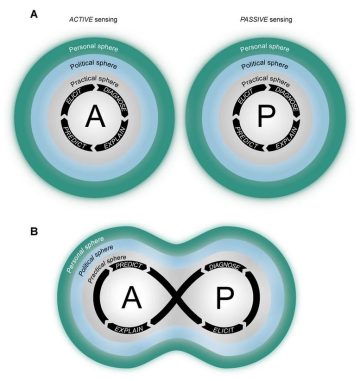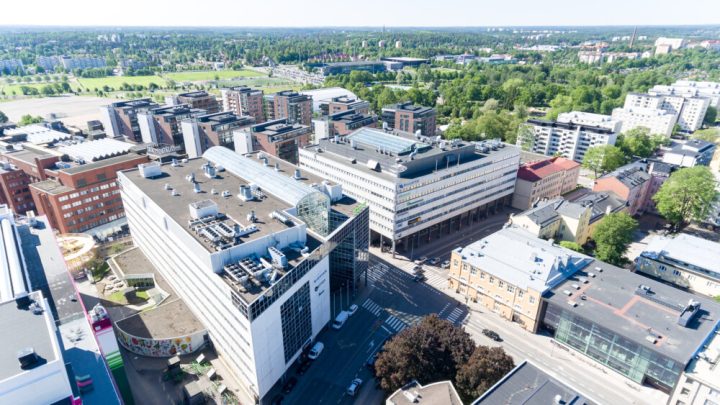How passive and active sensing systems should be harnessed to secure an inclusive, sustainable and resilient urban transformation?
Nora Fagerholm, University of Turku
Recent years have seen a massive development of geospatial sensing systems informing the use of space. However, rarely do these sensing systems inform transformation towards urban sustainability.
We conceptualized the interactions between various types of (passive and active) sensing systems and highlight their risks and benefits for stakeholders through four global urban case studies. We then assessed how deliberate sustainability transformations arise based on the interacting spheres of transformation, the practical, the political, and the personal (as suggested by O’Brien, 2018), and identify which combinations of sensing systems support specific urban sustainability challenges.
Based on these insights, we present a set of key principles to guide urban transformation processes towards ‘good’ Anthropocenes. We derive principles for stakeholders highlighting the need for an iterative dialogue along a sensing loop, new modes of governance enabling direct feeding of sensed information, an account for data biases in the sensing processes and a commitment to high ethical standards, including open access data sharing.

Grêt-Regamey, A., Switalski, M., Fagerholm, N. et al. (2021). Harnessing sensing systems towards urban sustainability transformation. npj Urban Sustainability 1, 40. https://doi.org/10.1038/s42949-021-00042-w OPEN ACCESS
See also highlights by Harvard.Edu Data-Smart Team here.
